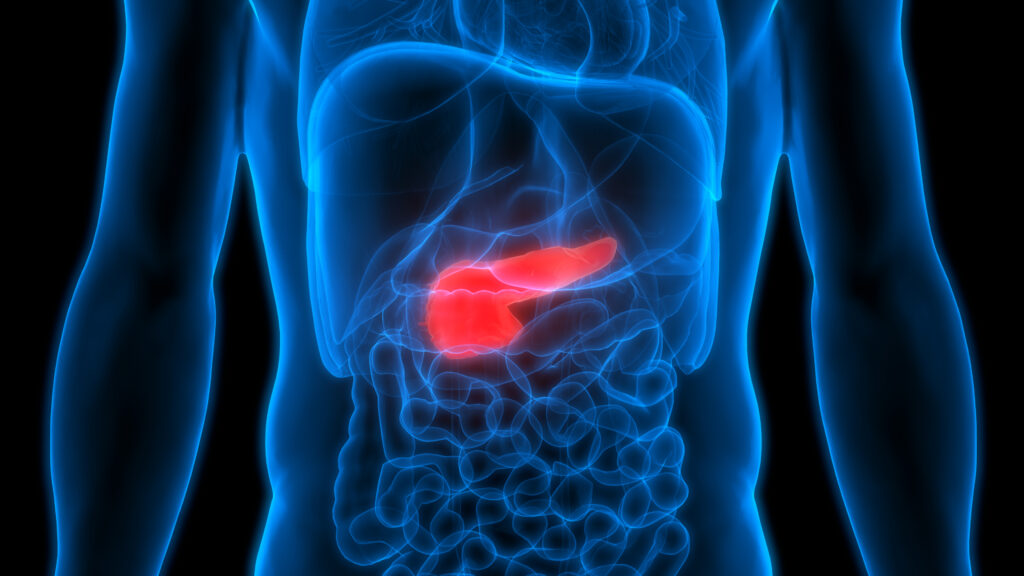Celiac Plexus Block
A celiac plexus block is a minimally invasive, non-surgical procedure used to manage severe abdominal pain caused by conditions like chronic pancreatitis or certain cancers. By targeting the nerves that transmit pain from abdominal organs, this treatment can provide meaningful relief when other methods have proven ineffective. It’s especially valuable for patients whose pain interferes with eating, digestion, or daily quality of life.
Because the procedure directly addresses pain at its source, many patients experience significant relief within days, often allowing for a reduced need for oral pain medications. For those living with persistent abdominal pain, it offers a well-tolerated option to regain comfort and function.

What is it?
A celiac plexus block is an injection procedure that helps manage chronic abdominal pain, particularly pain associated with pancreatic cancer or chronic pancreatitis. The procedure targets the celiac plexus, a bundle of nerves that transmit pain signals from abdominal organs.
How is it performed?
Using fluoroscopic guidance, your physician will insert specialized needles through your back to reach the celiac plexus. Local anesthetic and sometimes steroid medication are then injected. The procedure typically takes 30-45 minutes.
Keypoint #1-Lorem Ipsum
Lorem Ipsum mon fringilla dolor felis amet fusce.
• Libero auctor
• Enim molestie iaculis
• Massa bibendum
• Ultrices varius
Metus euismod tellus penatibus in ex morbi euismod mollis.
Phasellus venenatis augue luctus sollicitudin elementum suspendisse.
Treatment Benefits
Celiac plexus blocks can significantly reduce abdominal pain, improve appetite, and enhance overall well-being in patients dealing with chronic or cancer-related discomfort. The procedure is fast, typically performed on an outpatient basis, and may allow patients to reduce their dependence on opioid medications. Relief may last for weeks or even months depending on the underlying condition and patient response.
Who Can Benefit From This Treatment
This treatment is often recommended for individuals with chronic upper abdominal pain that hasn’t responded to conventional therapies. It is especially helpful for patients with pain related to pancreatic cancer, chronic pancreatitis, or other gastrointestinal conditions involving the upper abdomen. A thorough evaluation will help determine if a celiac plexus block is a suitable part of your pain management plan.
Learn more about Celiac Plexus Block by contacting the Minimally Invasive Spine and Pain Institute—our team is here to help you explore your options
Aftercare for Celiac Plexus Block
After a celiac plexus block, it’s normal to experience temporary soreness at the injection site or a mild feeling of lightheadedness. Some patients may notice a drop in blood pressure or temporary changes in digestion, which usually resolve within a short time. Most people return home the same day and can resume light activities as soon as they feel comfortable. Full pain relief may take a few days, depending on the underlying condition and individual response
Tips for a Smooth Recovery
Follow these guidelines to support healing after celiac plexus block:
- Rest for the remainder of the day following your procedure
- Stay well-hydrated to support circulation and help regulate blood pressure
- Avoid driving or operating machinery until any numbness or dizziness resolves
- Eat light meals and gradually return to your normal diet
- Monitor for unusual symptoms such as increased abdominal pain, fever, or signs of infection

